A Weak SNR Signal Extraction Method for Near-Bit Attitude Parameters Based on DWT
Abstract
:1. Introduction
2. Backgrounds
2.1. Static Drilling and Dynamic Drilling
2.2. Influence of Near-Bit Vibration on Attitude Parameters Measurements
2.3. Effect of High-Speed Tool Rotation on Attitude Parameter Measurements
3. New Scheme for Gravity Acceleration Signals Extraction Based on DWT
3.1. Discrete Wavelet Transformation
3.2. Calculation Procedure of Attitude Measurement Parameters
3.3. Proposed Extraction Scheme Based on DWT
4. Performance Evaluation and Discussion
4.1. Verification of Our Extraction Algorithm via MATLAB Simulation
4.2. Verification of Our Extraction Algorithm via Actual Drilling Data
5. Conclusions
Author Contributions
Funding
Data Availability Statement
Conflicts of Interest
References
- Wang, H.; Ge, Y.; Shi, L. Technologies in deep and ultra-deep well drilling: Present status, challenges and future trend in the 13th Five-Year Plan period (2016–2020). Nat. Gas Ind. B 2017, 4, 319–326. [Google Scholar] [CrossRef]
- Yang, H.; Luo, T.; Li, L.; Rao, Y.; Li, W.; Liu, K.; Qiu, Z. Research on Drilling Bit Positioning Strategy Based on SINS MWD System. IEEE Access 2019, 7, 109398–109410. [Google Scholar] [CrossRef]
- Ledroz, A.G.; Pecht, E.; Cramer, D.; Mintchev, M.P. FOG-based navigation in downhole environment during horizontal drilling utilizing a complete inertial measurement unit: Directional measurement-while-drilling surveying. IEEE Trans. Instrum. Meas. 2005, 54, 1997–2006. [Google Scholar] [CrossRef]
- Xue, Q.; Wang, R.; Sun, F.; Huang, F.; Han, L. Continuous Measurement-While-Drilling Utilizing Strap-Down Multi-Model Surveying System. IEEE Trans. Instrum. Meas. 2014, 63, 650–657. [Google Scholar] [CrossRef]
- Xue, Q.; Leung, H.; Wang, R.; Liu, B.; Wu, Y. Continuous Real-Time Measurement of Drilling Trajectory with New State-Space Models of Kalman Filter. IEEE Trans. Instrum. Meas. 2016, 65, 144–154. [Google Scholar] [CrossRef]
- Yang, Q.; Xu, B.; Zuo, X.; Jiang, H. An unscented Kalman filter method for attitude measurement of rotary steerable drilling assembly. ACTA Pet. Sin. 2013, 34, 1168–1175. [Google Scholar]
- Cheng, W.; Pan, M.; Tang, N.; Wang, Y.; Huo, A. Vertical attitude measurement based on Euler’s pre-rotation. Chin. J. Sci. Instrum. 2014, 35, 1817–1822. [Google Scholar]
- Wang, Y.; Wang, H.; Kang, S.; Tang, N.; Huo, A. Output feedback linearization of servo platform for rotary steering drilling system. ACTA Pet. Sin. 2014, 35, 952–957. [Google Scholar]
- Wang, Y.; Fei, W.; Huo, A.; Cheng, W.; Tang, N. Electromagnetic torque feed-forward control of the turbine alternator for rotary steering drilling tools. ACTA Pet. Sin. 2014, 35, 141–145. [Google Scholar]
- Liu, Z.; Yan, W.; Kang, S.; Liu, Z.; Wang, Y.; Zhang, S. Redundant posture measurement and system reconfiguration method of steering drilling tool. ACTA Pet. Sin. 2015, 36, 1433–1440. [Google Scholar]
- Gao, Y.; Wang, Y.; Cheng, W. Robust adaptive filtering method for dynamic attitude measurement of steering drilling. J. Chin. Inert. Technol. 2016, 24, 437–442. [Google Scholar]
- Cao, X.; Yao, J.; Fu, X.; Bi, H.; Hong, D. An Enhanced 3-D Discrete Wavelet Transform for Hyperspectral Image Classification. IEEE Geosci. Remote. Sens. Lett. 2020, 18, 1104–1108. [Google Scholar] [CrossRef]
- Tuncer, T.; Dogan, S.; Ozyurt, F.; Belhaouari, S.B.; Bensmail, H. Novel multi center and threshold ternary pattern based method for disease detection method using voice. IEEE Access 2020, 8, 84532–84540. [Google Scholar] [CrossRef]
- Wu, Y.; Zhang, Z.; Xiao, R.; Jiang, P.; Dong, Z.; Deng, J. Operation State Identification Method for Converter Transformers Based on Vibration Detection Technology and Deep Belief Network Optimization Algorithm. Actuators 2021, 10, 56. [Google Scholar] [CrossRef]
- Liu, L.; Bi, Q.; Zhang, Q.; Tang, J.; Bi, D.; Chen, L. Evaluation Method of Soil Surface Roughness after Ditching Operation Based on Wavelet Transform. Actuators 2022, 11, 87. [Google Scholar] [CrossRef]
- Mao, Y.; Gao, Y.; Wang, Y.; Zhang, K. Extracting of Near-bit Attitude Signals Using DWT. In Proceedings of the 2021 6th International Conference on Intelligent Computing and Signal Processing (ICSP), Xi’an, China, 9–11 April 2021; pp. 462–465. [Google Scholar] [CrossRef]
- Zhang, W.X.; Chen, W.X.; Di, Q.Y.; Sun, Y.T.; Yang, Y.Y.; Zheng, J. An investigation of the extraction method of gravitational acceleration signal for at-bit dynamic inclination measurement. Chin. J. Geophys. 2017, 60, 4174–4783. [Google Scholar]
- Zhu, X.H.; Hu, Z.Q. Lateral vibration characteristics analysis of a bottom hole assembly based on interaction between bit and rock. J. Vib. Shock 2014, 33, 90–93. [Google Scholar]
- Mallat, S.; Treil, N.; Zhong, S. Image coding from the wavelet transform extrema. In Proceedings of the Sixth Multidimensional Signal Processing Workshop, Pacific Grove, CA, USA, 6–8 September 1989; p. 102. [Google Scholar] [CrossRef]
- Donoho, D. De-noising by soft-thresholding. IEEE Trans. Inf. Theory 1995, 41, 613–627. [Google Scholar] [CrossRef] [Green Version]
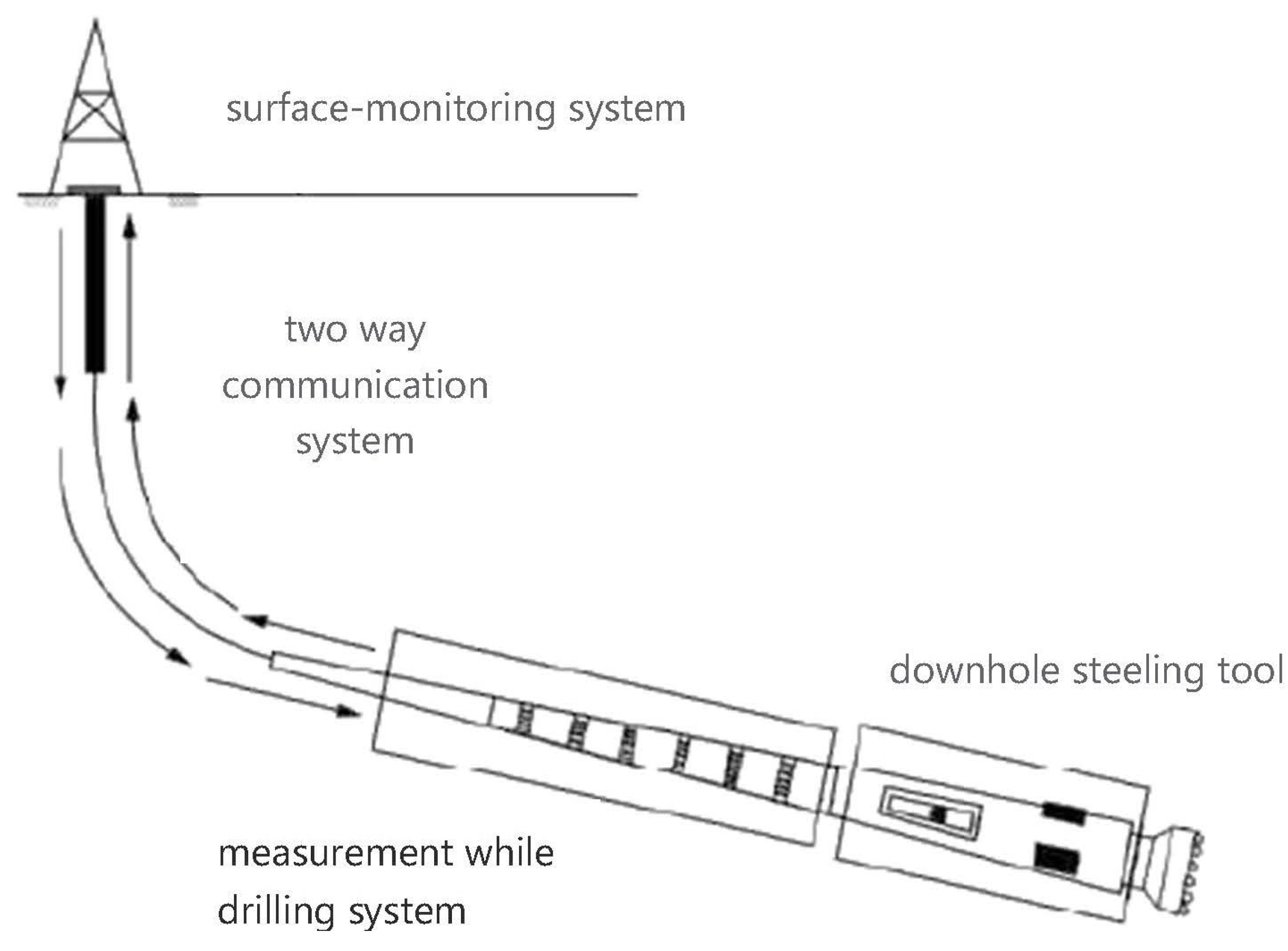
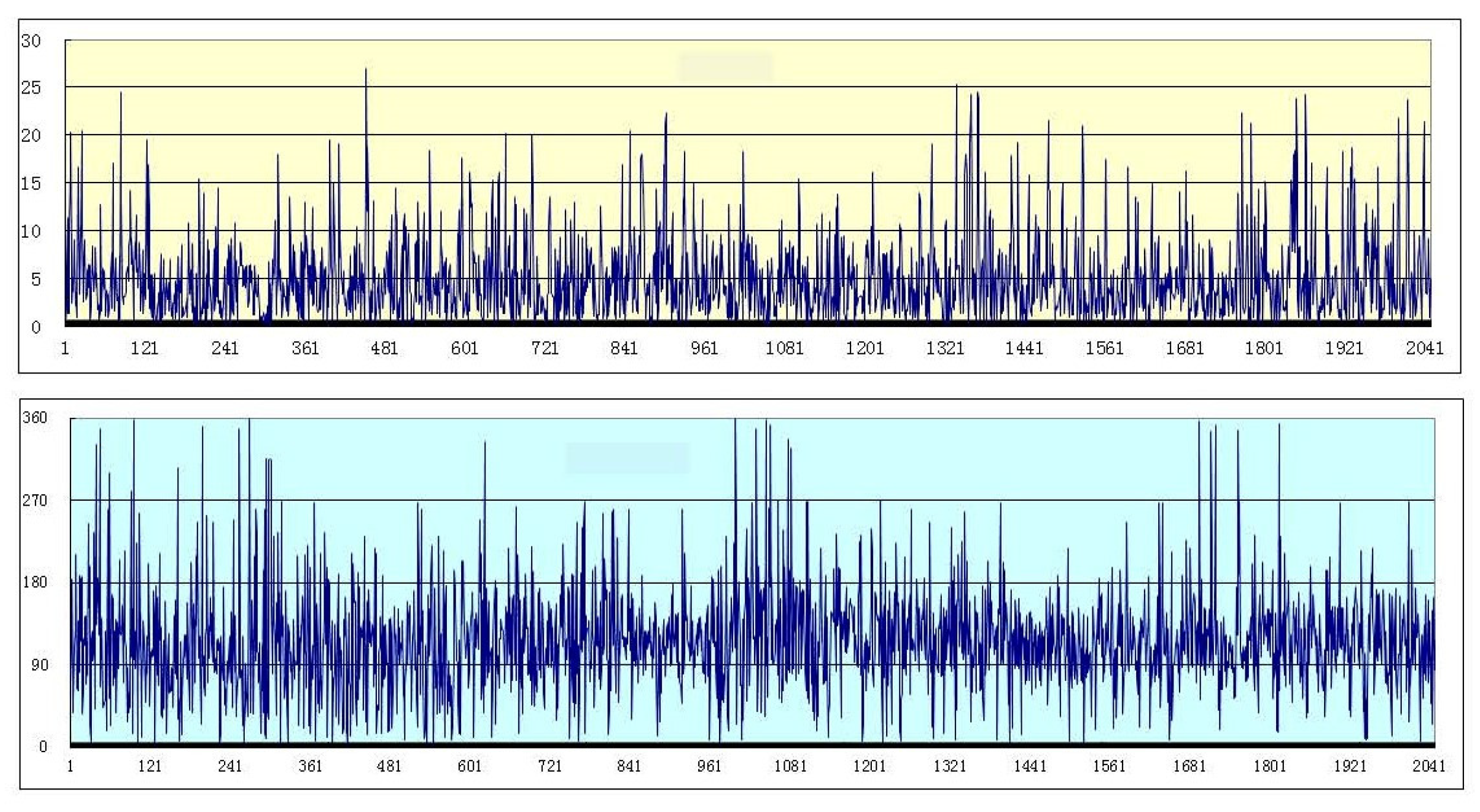
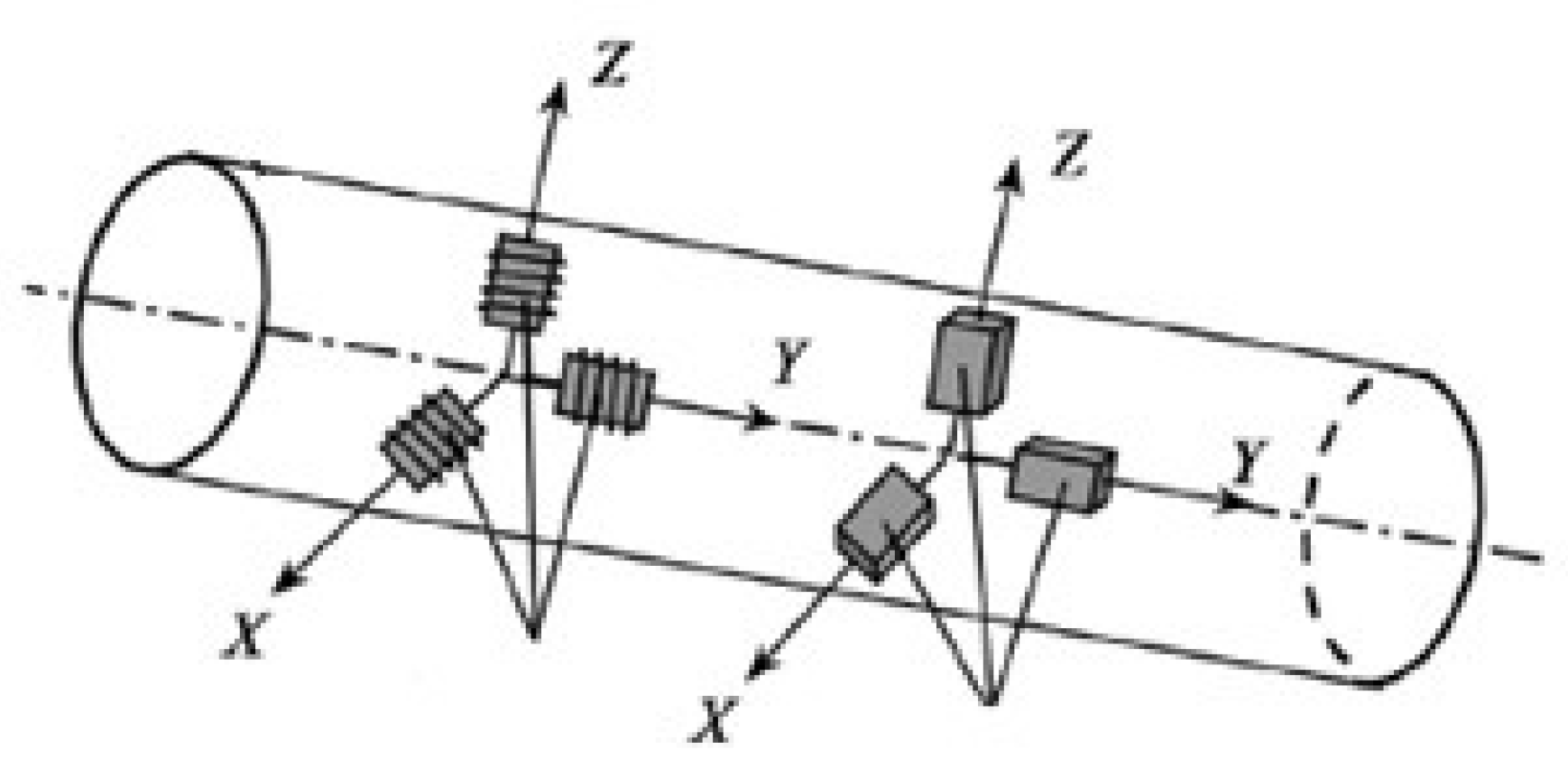

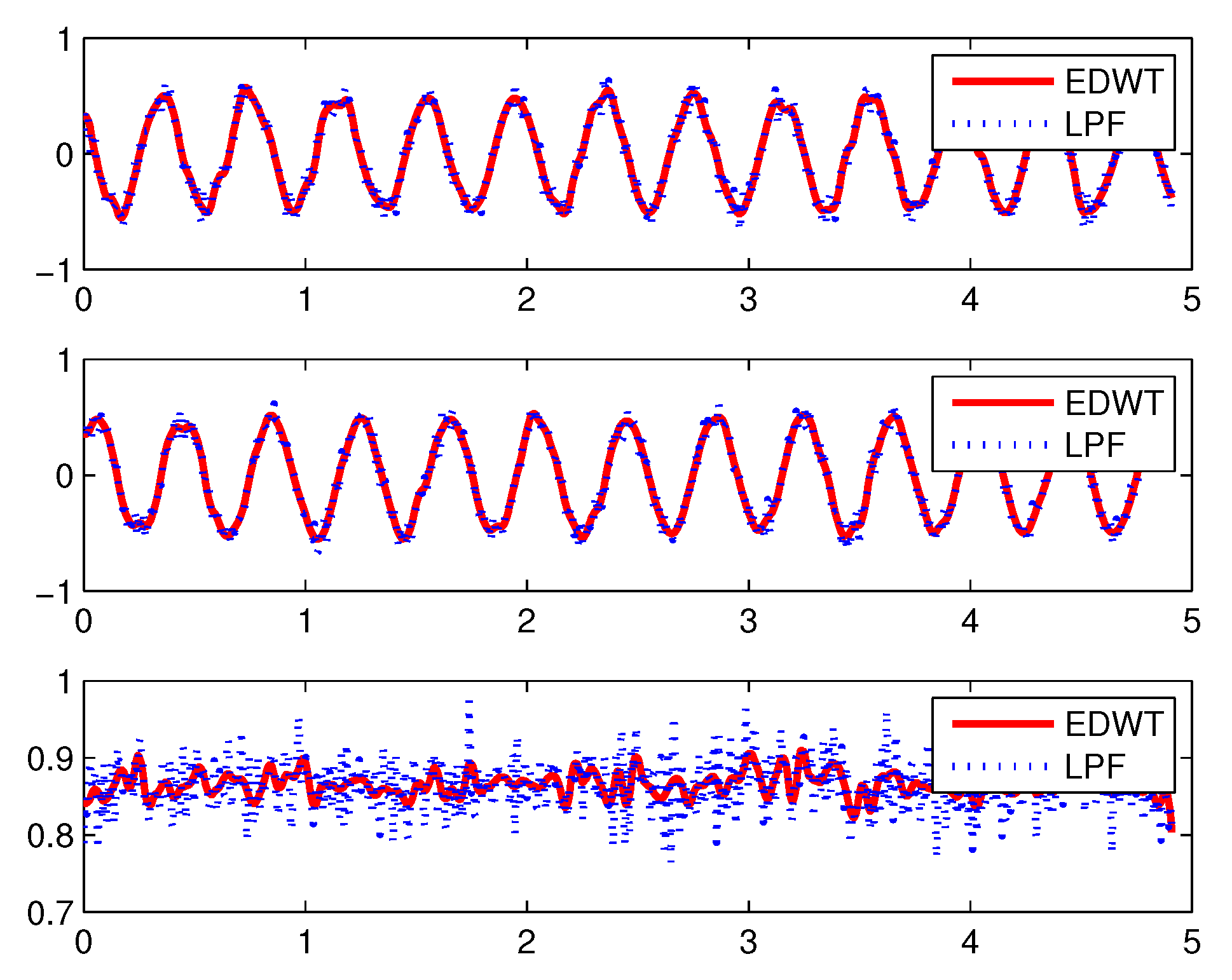
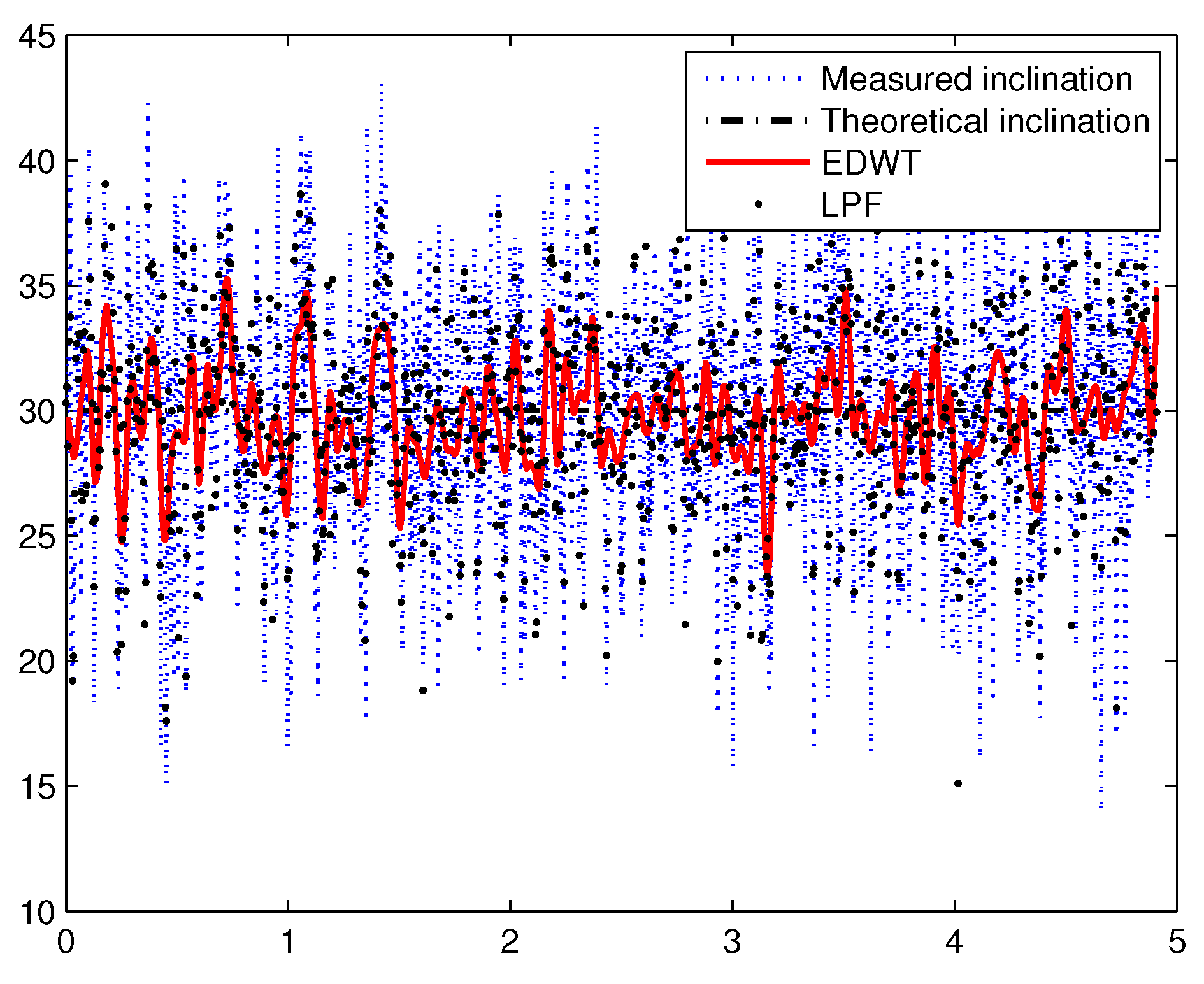
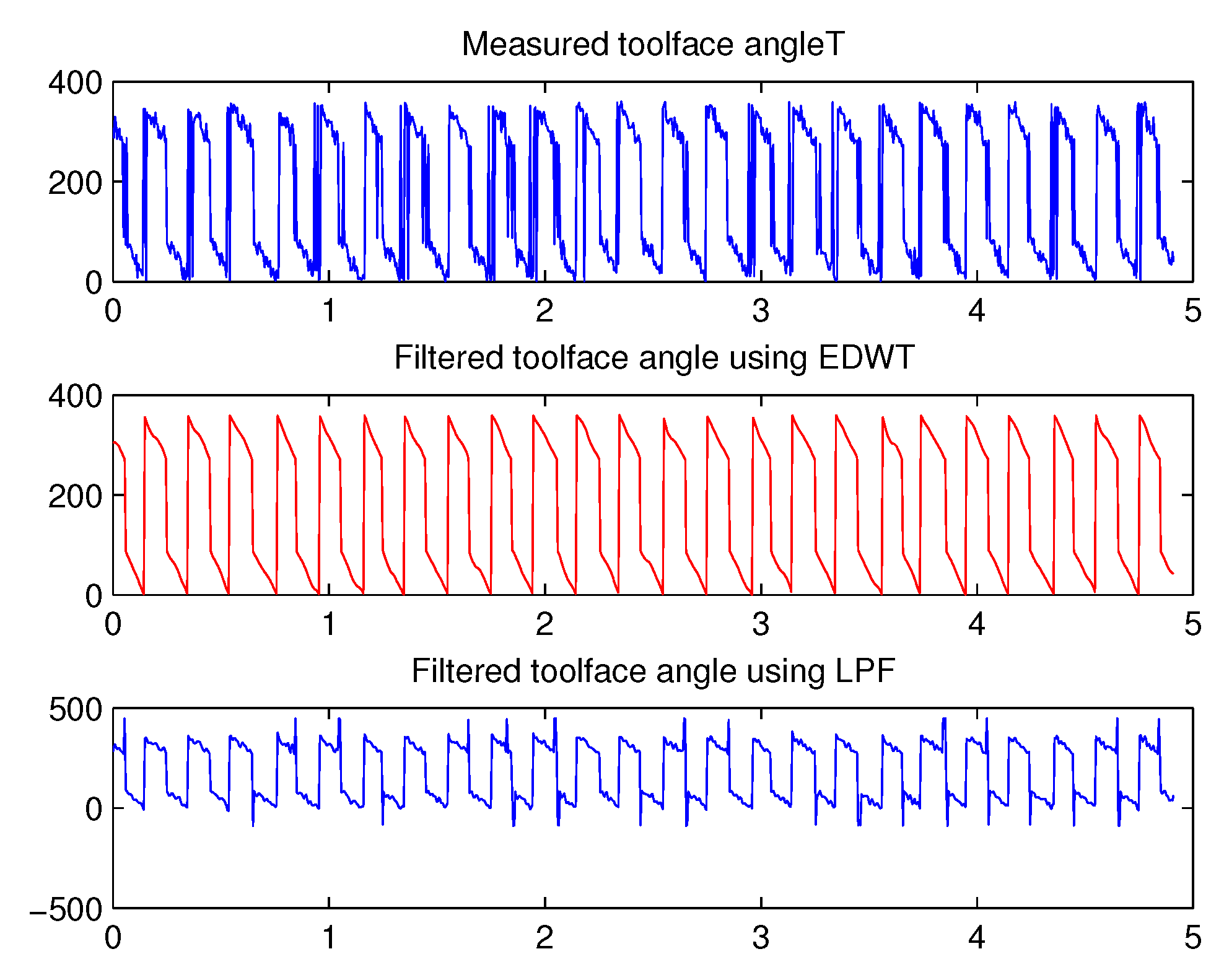



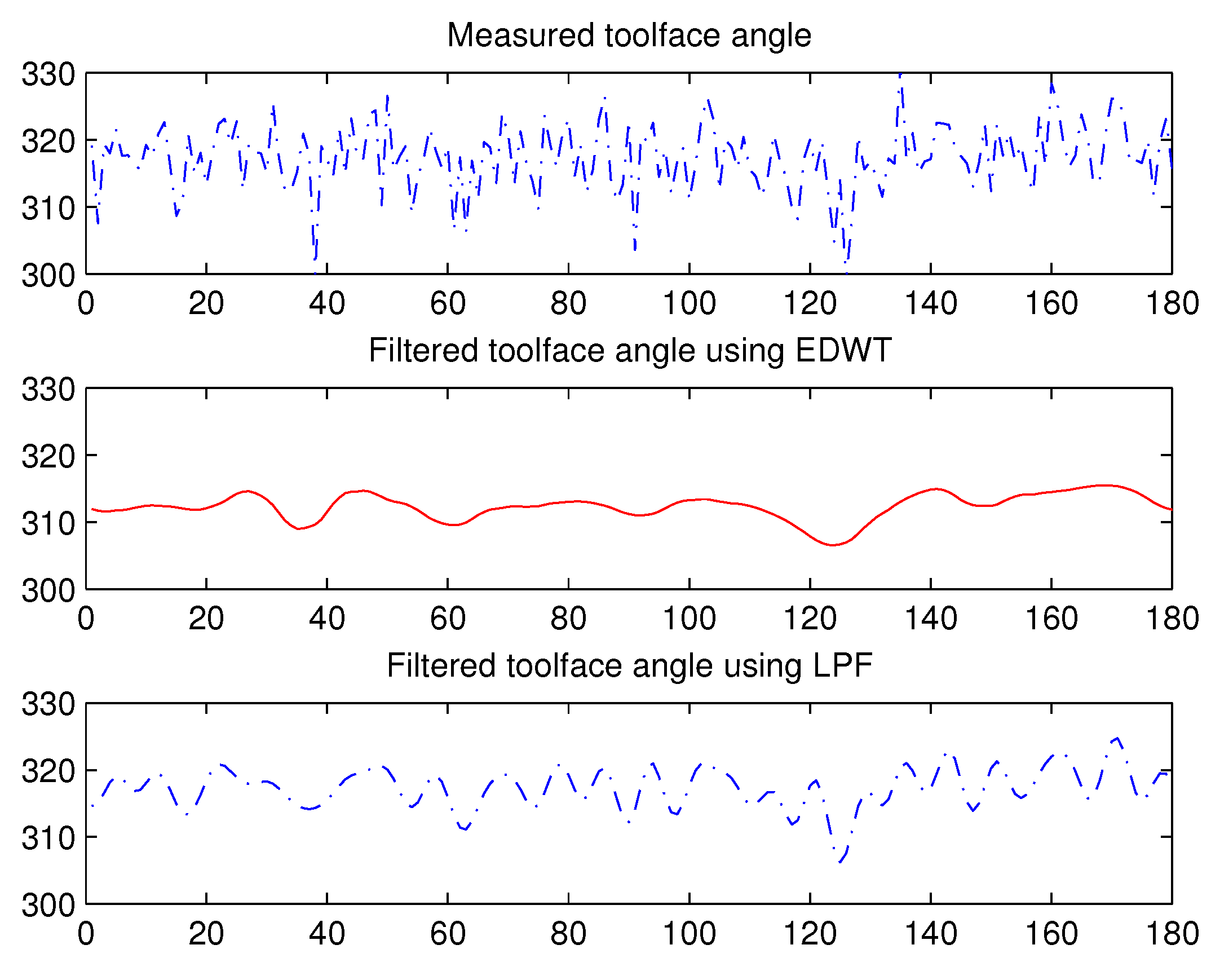
Publisher’s Note: MDPI stays neutral with regard to jurisdictional claims in published maps and institutional affiliations. |
© 2022 by the authors. Licensee MDPI, Basel, Switzerland. This article is an open access article distributed under the terms and conditions of the Creative Commons Attribution (CC BY) license (https://creativecommons.org/licenses/by/4.0/).
Share and Cite
Mao, Y.; Zhong, Y.; Gao, Y.; Wang, Y. A Weak SNR Signal Extraction Method for Near-Bit Attitude Parameters Based on DWT. Actuators 2022, 11, 323. https://doi.org/10.3390/act11110323
Mao Y, Zhong Y, Gao Y, Wang Y. A Weak SNR Signal Extraction Method for Near-Bit Attitude Parameters Based on DWT. Actuators. 2022; 11(11):323. https://doi.org/10.3390/act11110323
Chicago/Turabian StyleMao, Yanhui, Yongmin Zhong, Yi Gao, and Yuelong Wang. 2022. "A Weak SNR Signal Extraction Method for Near-Bit Attitude Parameters Based on DWT" Actuators 11, no. 11: 323. https://doi.org/10.3390/act11110323





